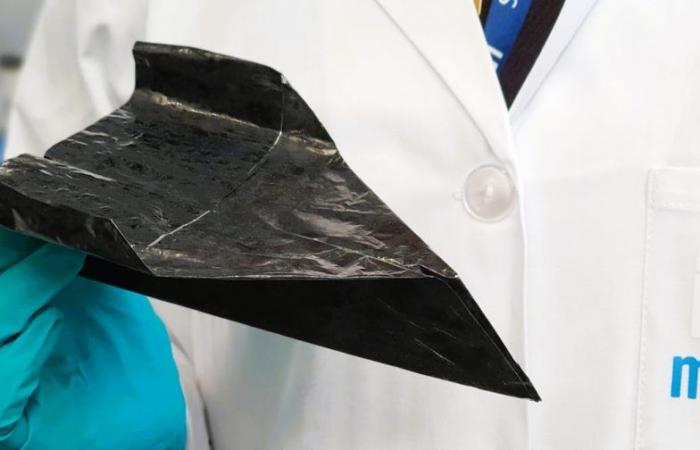They can replace CO²-intensive materials such as copper, steel and aluminum in the construction, aerospace, automotive and other industries. They are the global bet for an energy transition underway.
Carbon nanotubes, filaments 2,000 times thinner than a hair, are already used in batteries suitable for wearable electronic devices, and increasingly in structural composites, electrical cables and sensors in smart textiles and wearable technology. But can they be recycled? What if we fill the world with carbon nanotubes and they end up being the big problem of the new century?
Currently, global carbon nanotube (CNT) production capacity is on the order of 10 kt/year, a rate that increases approximately 30% annually. And this could be accelerated to megaton scale if efforts from initiatives like Carbon Hub are successful and nanocarbons begin to become available as co-products of turquoise hydrogen. They are even expected to serve to displace metals.
However, to the best of our knowledge, there has been no attempt to exploit the recycling of macroscale carbon nanotube (CNT) materials from their composites. Are they useful after use? Is it worth starting to investigate the process of reusing carbon nanotubes now?
Recyclable?
From the IMDEA Materials Institute we have just published in the magazine Coal an innovative work that demonstrates, for the first time, the ability to recycle high-performance carbon nanotube (CNT) sheets while preserving their shape, structural alignment, mechanical and electrical properties, and their intrinsic flexibility.
The macromaterials of the future are a novel substitute for powders commonly known as individual CNTs. At IMDEA Materials we develop unique fibers, threads and fabrics made of billions of interconnected CNTs that form nanoscale networks. They are flexible, lightweight, strong, and conductors of electricity and heat, and can be used in many engineering applications.
These CNT fibers and sheets have high structural strength and flexibility, as well as high mechanical, electrical and thermal properties. This allows its use in structural reinforcement in composite laminates, as well as in printable strain/stress sensors, electrical conductors, and flexible battery anodes, among other applications. These properties are what make them so versatile.
Our objective was to check to what extent their properties remain intact after subjecting them to a recycling process.
Heat treatment
We subject sheets of different densities (including commercial ones) to a two-step heat treatment process.
The recycled CNT sheets demonstrated almost complete retention of mechanical and electrical properties. This demonstrates that high-performance materials made from carbon nanotubes are recyclable and can be reused in the same application as structural reinforcement or electrical conductors and flexible battery anodes, among other applications.
Like a Lego®
The recycled sheets could return to their initial state, like building blocks. CNTs can dissolve and become liquid crystalline solutions, which could then be respun into a new high-quality fiber.
It would be like breaking down a Lego model into its individual bricks, and then rebuilding the original model with the same shape, sturdiness and quality.
This is not possible with conventional carbon fibers because their structure is made up of crystallites that fuse together, so they cannot be broken down into individual crystallites and re-graphitized into a continuous fiber filament.
On the other hand, carbon nanotubes are capable of dissolving and can be re-spun into a fiber, something that is already done on a commercial scale.
Reusing new materials will prevent us from making the same mistakes of the past. Shall we start?






